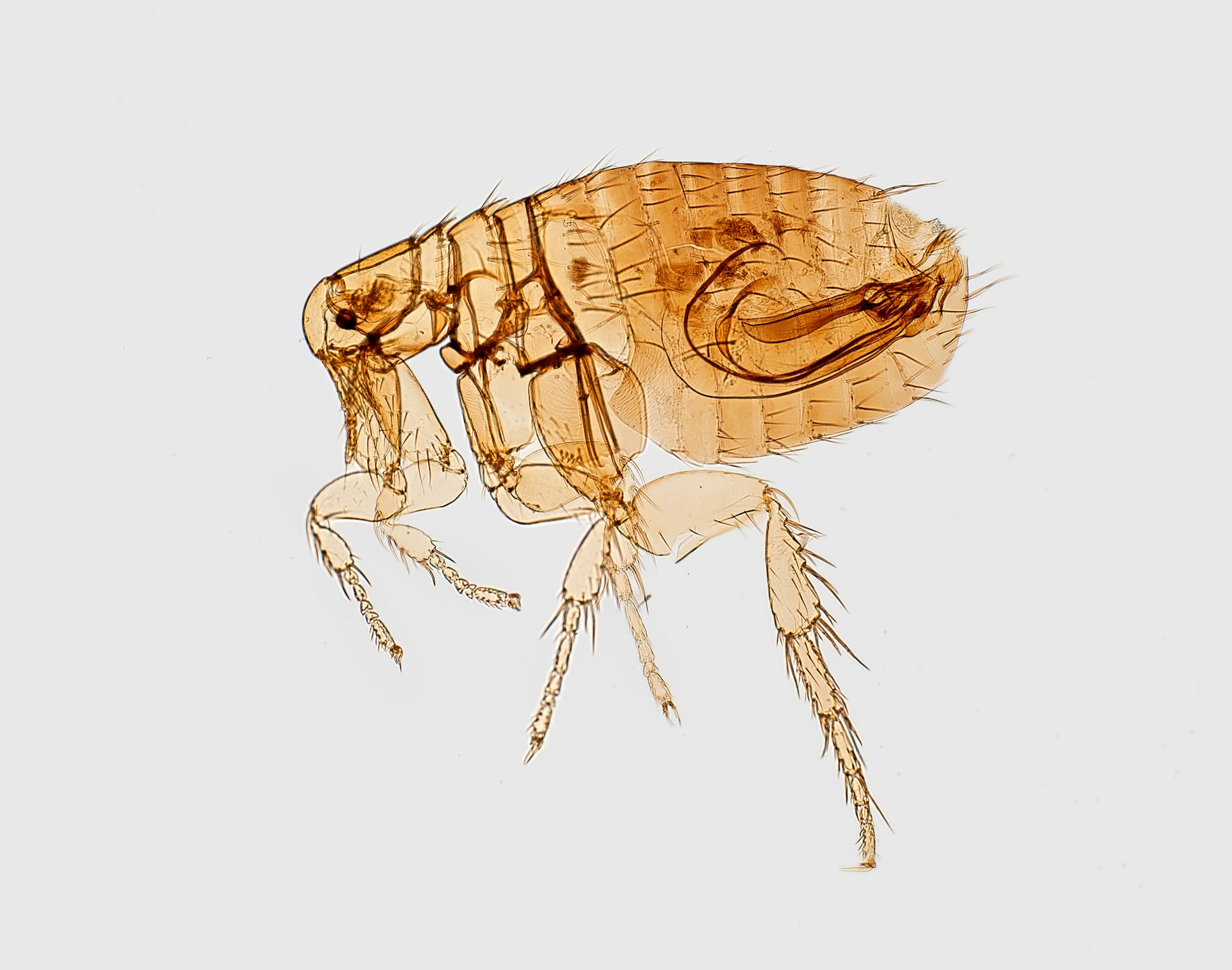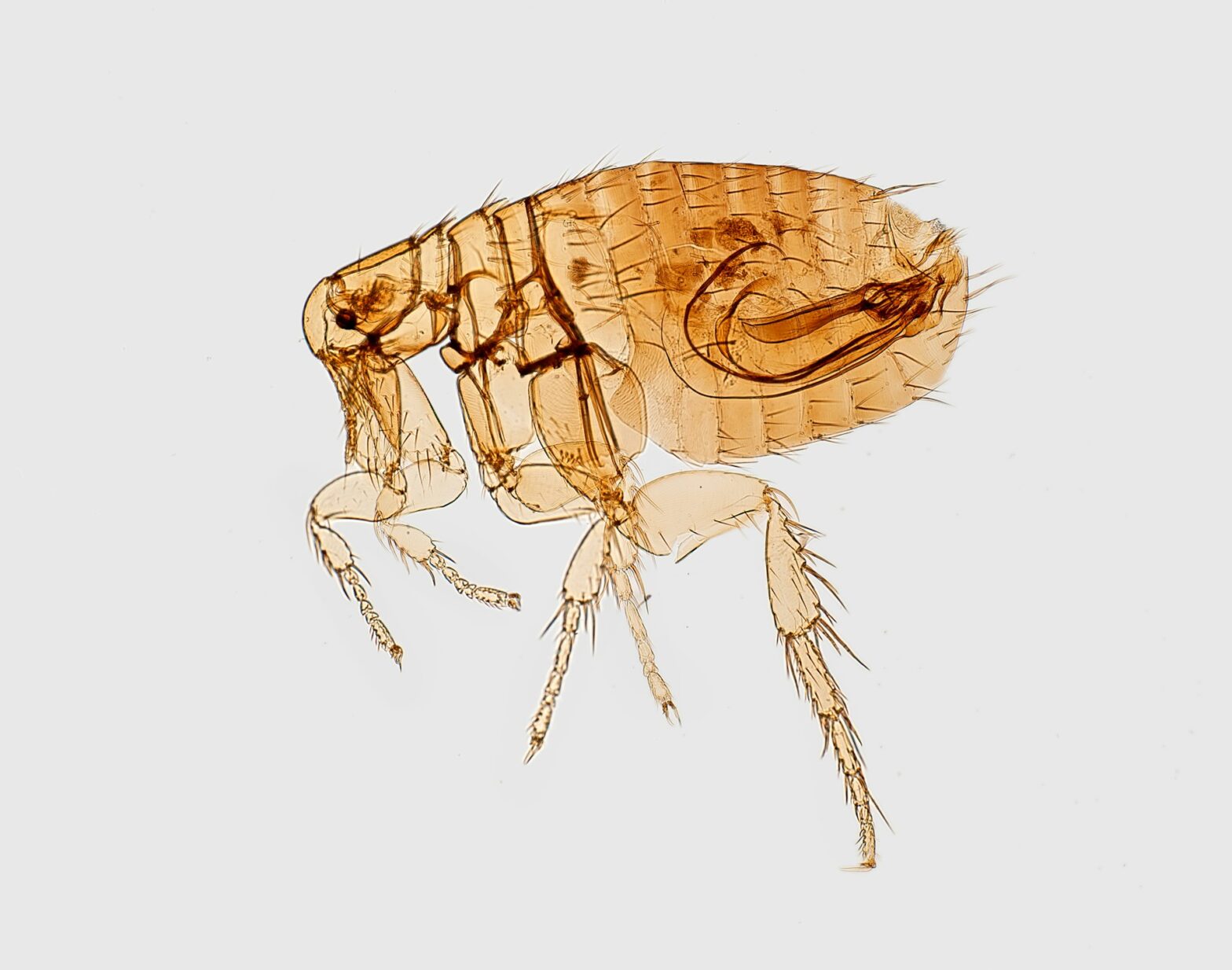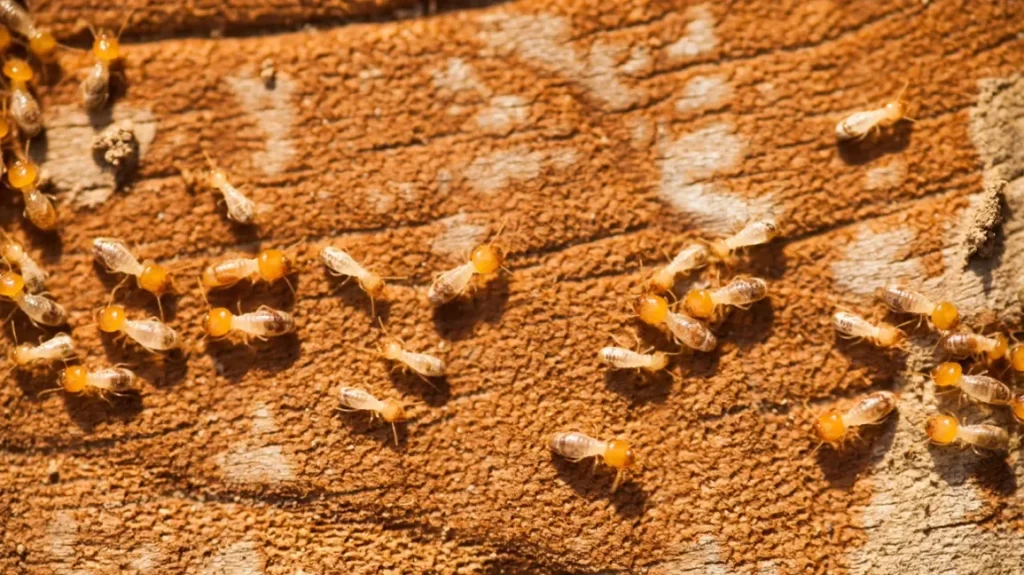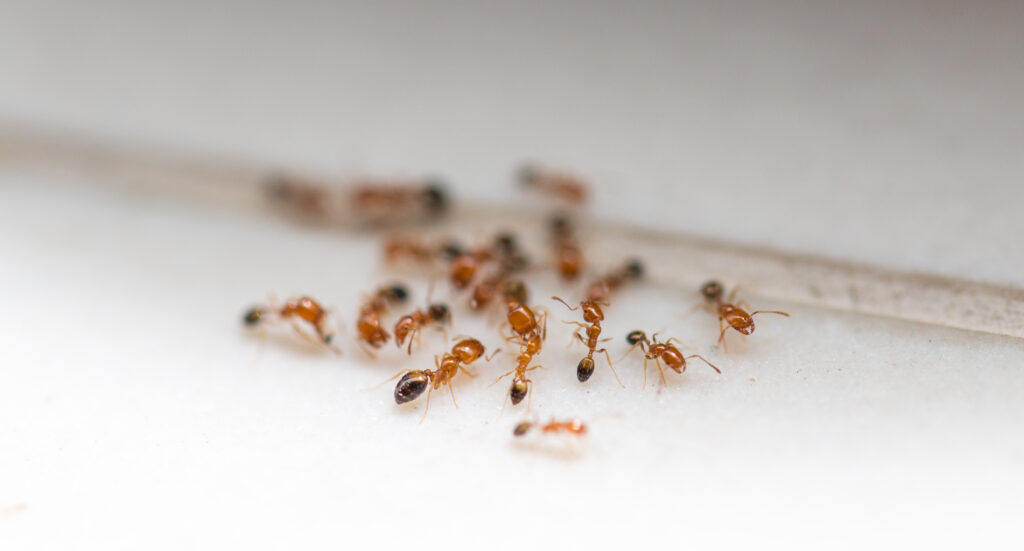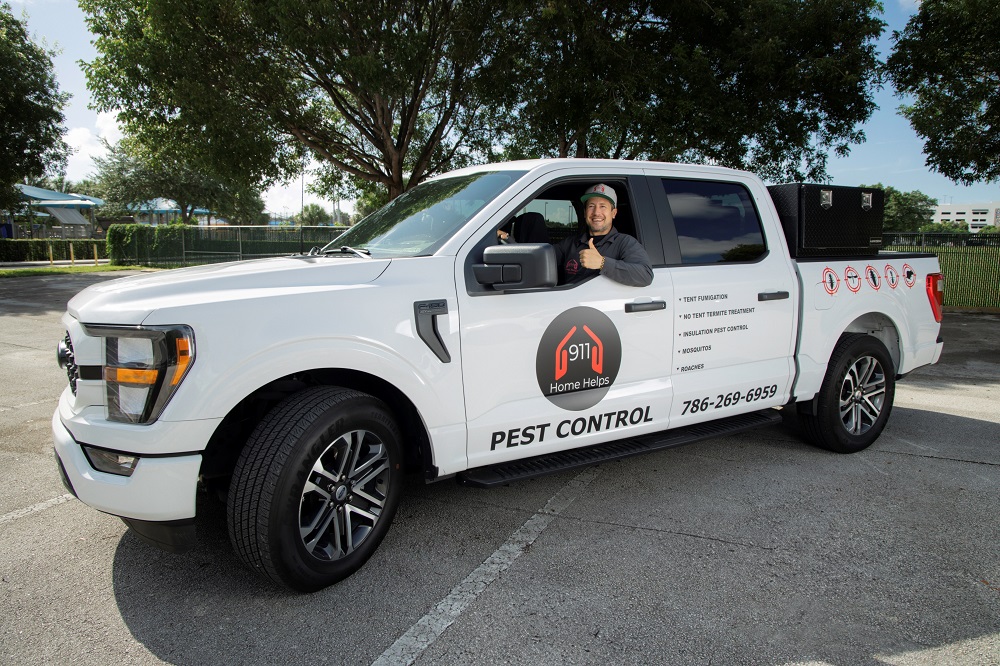
Why Spring Is High Season for Parasites
Fleas and ticks thrive in humid, temperate conditions, making spring the peak time for infestations. Pets that spend time outdoors or live in households with even minimal yard space are especially vulnerable.
These pests are not just a seasonal annoyance, they are carriers of harmful diseases. Fleas can transmit tapeworms and cause allergic dermatitis, while ticks can pass on Lyme disease, ehrlichiosis, and other serious infections. Unlike other insects, these parasites do not need to travel far. One unnoticed tick hiding in thick fur or a single flea laying hundreds of eggs in carpet fibers can trigger a full-blown infestation.
Professional intervention becomes critical in this season because the reproduction rate of fleas and ticks accelerates rapidly in spring conditions. Identifying early signs and taking preemptive action is more effective than trying to resolve a widespread outbreak later.
Common Places Fleas and Ticks Hide
Understanding where these pests dwell can give you an edge in keeping your pets safe. It’s not just tall grass and wild areas. In fact, many urban and suburban homes unknowingly provide prime breeding grounds.
Here are common flea and tick hotspots around your home:
- Under decks and porches: These shaded areas stay cool and moist, ideal for tick activity.
- Leaf piles or mulch beds: Organic debris holds humidity, creating a flea-friendly environment.
- Pet bedding and furniture: Fleas lay eggs in soft, warm spaces where your pet rests often.
- Carpets and upholstery: Once fleas are indoors, these areas become long-term harborage zones.
- Cracks in floorboards: Flea larvae can settle in between boards where they remain hidden during treatment efforts.
Being aware of these areas helps inform where attention should be focused. However, identifying and treating these hotspots thoroughly often requires specialized knowledge and tools that go beyond everyday cleaning supplies.
Signs Your Pet May Be Affected
Fleas and ticks can cause symptoms that are easily missed or misdiagnosed. Early identification prevents further health issues and stops the pests from spreading to other pets or areas in your home.
Look out for these common warning signs:
- Excessive scratching or biting: Especially around the base of the tail or behind the ears.
- Red, irritated skin or hair loss: Flea allergy dermatitis is a common reaction.
- Visible pests in the fur: Fleas may appear as small black specks; ticks are larger and more easily felt.
- Scabs or sores: Caused by constant licking, biting, or scratching.
- Lethargy or fever: Especially if your pet has recently been in grassy or wooded areas.
Spotting pests on your pet typically indicates a wider problem, as fleas and ticks reproduce rapidly and often lay eggs far from their host. Quick, professional response can stop further contamination and prevent costly vet visits or home treatments.
The Risk of Inadequate Control Methods
Well-meaning pet owners often rely on over-the-counter sprays, collars, or spot treatments. However, these methods rarely solve the entire problem. They may kill adult pests, but they do little for eggs, larvae, or hidden populations that continue breeding.
Here’s why partial treatment can backfire:
- Fleas lay up to 50 eggs per day, meaning any delay in complete elimination results in exponential growth.
- Ticks often stay latched for days, increasing the chance of disease transmission.
- Store-bought solutions are often misapplied, leaving untreated gaps in your home.
- Pets with sensitive skin may react poorly to chemical treatments that aren’t professionally vetted.
In reality, a truly effective plan involves identifying all life stages of the parasite and eradicating them across multiple zones. This is where targeted services become essential. As explained in this helpful guide on why safe pest control matters, professional options are also safer for households with children and other pets, making them a more holistic solution.
Why Professional Support Works Best
Professionals take into account every factor that contributes to a successful treatment, like species behavior, life cycle stages, indoor and outdoor environments, and pet health needs. This multi-pronged strategy is rarely achievable through DIY efforts.
Here’s what a structured service plan often includes:
- Thorough inspection of interior and exterior areas for eggs, larvae, and active adult pests.
- Pet-safe treatment options tailored to sensitive animals and high-traffic zones.
- Scheduled follow-ups to break reproductive cycles and ensure full removal.
- Long-term prevention advice for landscaping, cleaning, and pet hygiene practices.
Partnering With 911 Home Helps
Our licensed technicians use proven methods that prevent re-infestation, saving you from costly repeat efforts. As detailed in this guide on saving money long term, investing in reliable services up front often results in lower cumulative costs and fewer health risks for pets and family members alike.
This spring, don’t leave your pets vulnerable to avoidable infestations. For structured, pet-safe solutions that offer peace of mind, 911 Home Helps is here to assist you.
